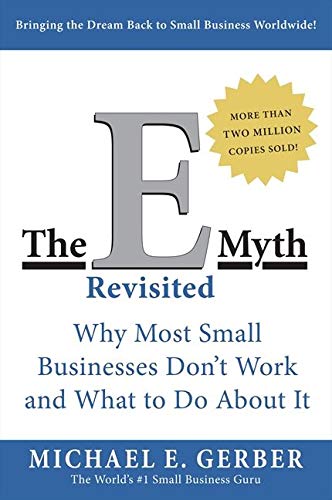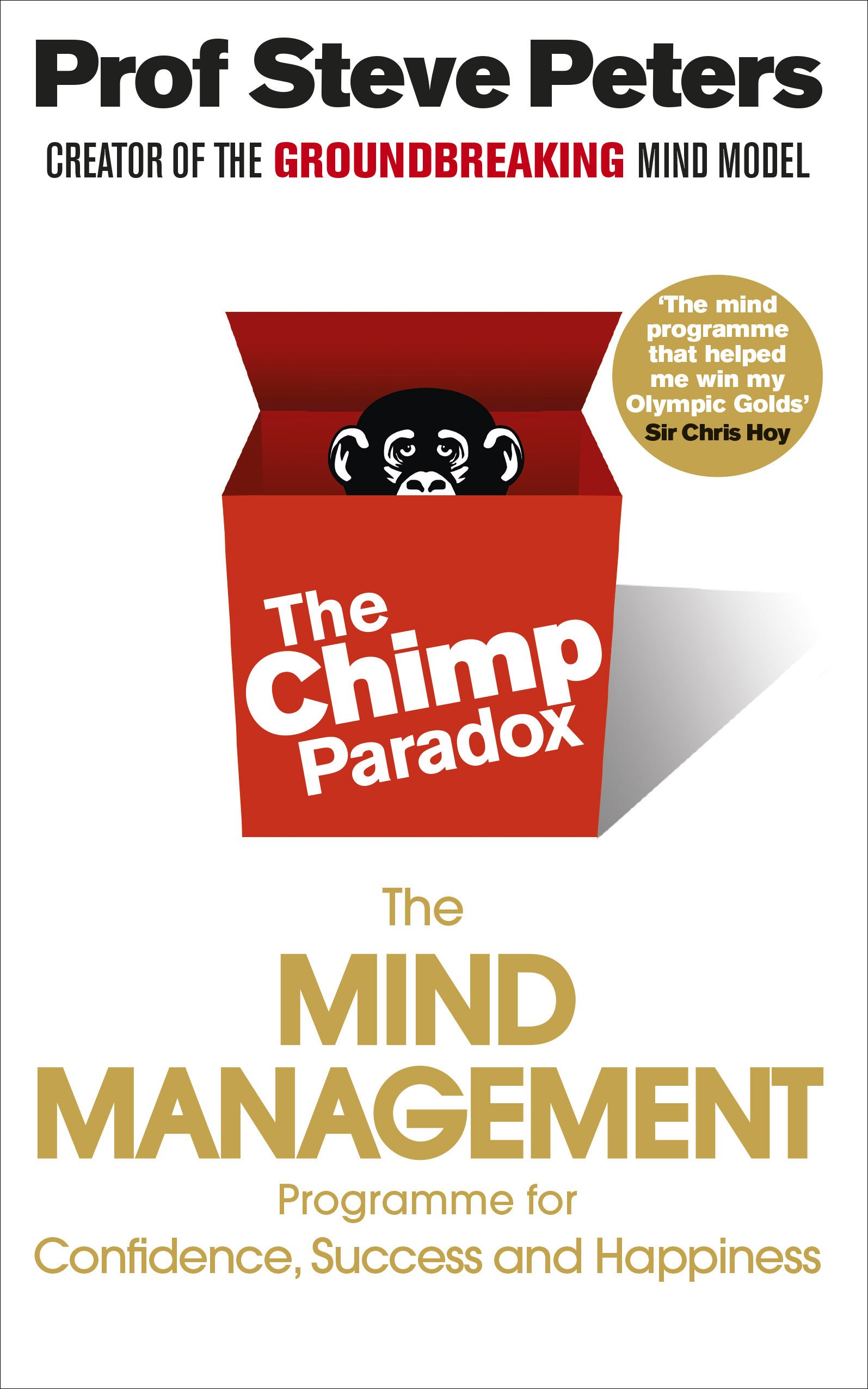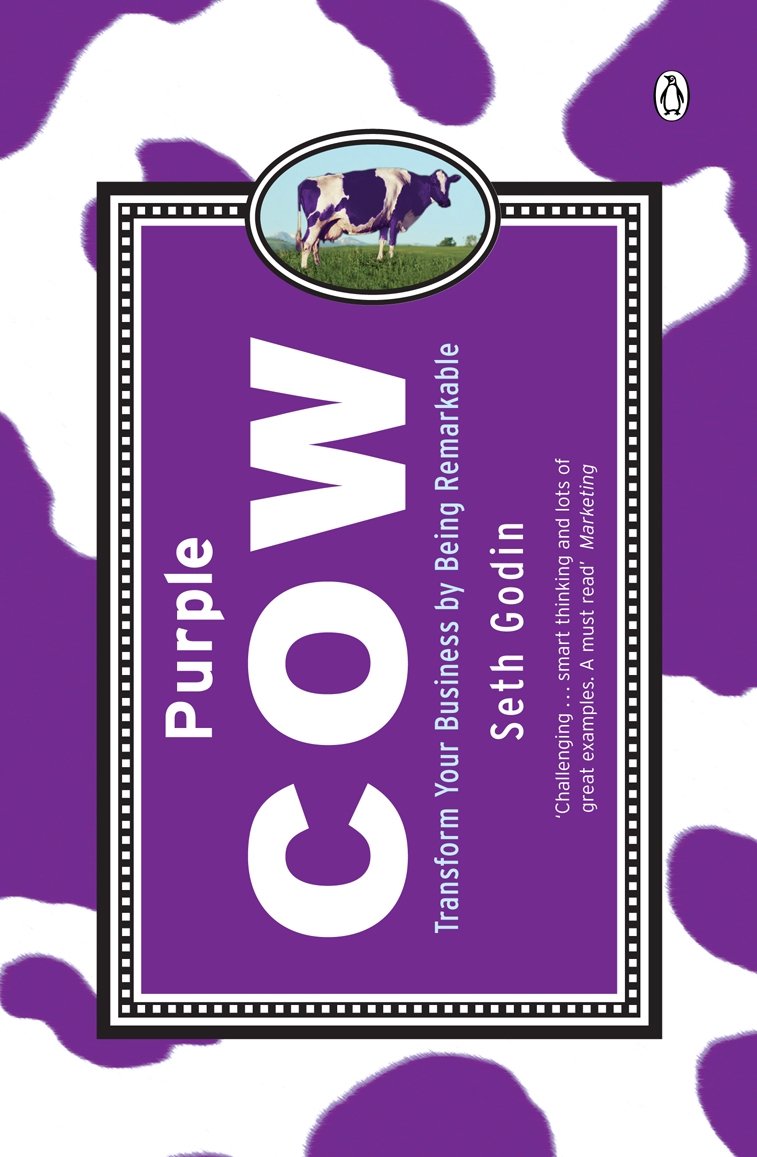Don’t fall into the trap of working in your business and not on it.

The E-myth revisited by Michael E. Gerber is half explanation of small business / start-up theory, and half narrative (to accompany the concepts). It is one of the books I wish I had read before I got involved in any form of entrepreneurship. Gerber argues that most small business owners start out as ‘technicians’ (e.g. electronic engineer) who don’t think enough about the managerial and entrepreneurial aspects. He argues for a protocolled, organised, coordinated company, no matter how small it is. This is based on the ‘franchise’ model (i.e. McDonald’s) that ensures consistency of quality and allows for scaling as well as selling on.
Key points:
- Make a ‘vision’ for how your business will look when “done” (which is your own definition) e.g. in 5-10 years
- From this you can make a plan about how to approach and will clearly be different if it is a single shop vs. a national organisation
- Work on your business like it is a franchise; develop a system of doing things (covering every detail) so someone else could pick up the manuals and go
- Or, importantly, you could sell it and they could run it
- This would allow you to sell the ‘business’ not just the product the business makes
- (Or open a new branch run by someone else)
- Or, importantly, you could sell it and they could run it
- Systems should cover everything: how to hire people, what staff should say/wear, FAQs, and technical aspects
- This facilitates consistency as there is nothing worse than variability in output (or experience for staff working there)
- Have the systems developed so they can run with the least qualified people possible
- You can’t rely on always getting experts and the better people are, the harder they are to keep
- Business development involves:
- (1) innovation try new things to see if they improve function
- (2) quantification of performance metrics to assess impact of the innovations
- (3) orchestration develop systems to perpetuate the innovations that were beneficial
- Steps in developing a business
- Define your primary aim [your ‘Why’ as per Simon Sinek]
- Describe your ‘strategic objective’: a full picture of the ‘finished’ business, which will allow you to meet your primary aim. This is comprised of:
- Money how much you need to earn to pursue your primary aim
- Is it an opportunity worth pursuing?
- Define who is your customer
- Determine what your product (what people feel they get) versus your commodity (what they physically get)
- Make a timeline
- Size of business when ‘done’
- Organisational strategy: make a flow chart with job descriptions for every position that will be needed when the company is complete (even if you have to do all of them yourself for now)
- Management strategy: operational manuals to cover all aspects of management (including hiring/firing)
- People strategy: determine how you will keep your team motivated and working effectively
- Make work a ‘game’, so people feel like they are testing themselves
- Put emphasis on the idea behind the work, rather than the simple technical aspects
- Marketing strategy: remember that it is about the perceived need of the customer and the feeling of what they want
- Systems strategy
- Hard systems physical procedures to ensure consistency
- Soft systems (i.e. people) such as scripts
- Information systems to measure and quantify all other aspects of the business
Whilst I am sold by the notion that most small business owners who began as technicians do not envisage their 5-10 year plan and how to scale or sell, I am not sure how to align this with other management texts that argue for giving people autonomy. For example, Gerber argues that you should design systems that allow for hiring the lowest possible skilled individuals to fulfil the role. Whereas, Jim Collins and Tom Peters have shown that most top companies believe that hiring the best people is the way to succeed. Once you have them, you should give them as much freedom as possible to find the optimum way to do things. Steven Covey (and others) suggests ‘management by results’: simply stipulate the expected end point and trust your people to get there (with appropriate general guidance). As with most things in life, I’m sure that both are correct under certain circumstances. If you run a sandwich shop, you want to make sure that every sandwich is produced to the same quality and therefore a defined protocol is optimum. Whereas, if you want your sales team to land 5 contracts in a month, you can allow them flexibility to try out various methods. The balance of creativity vs. consistency in each role probably determines whether a protocol / checklist will be helpful or not.
More books like this:
- Good to great by Jim Collins
- Built to sell by John Warrillow
Here are one, two, and three other summaries/reflections on this book.




